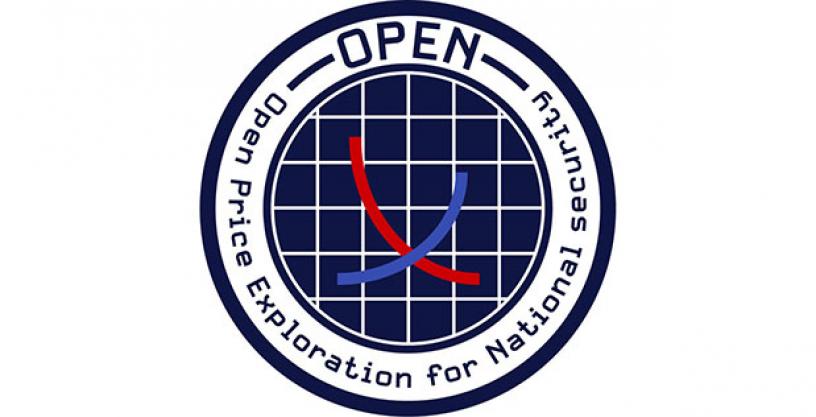
DARPA OPEN program seeks technology solutions to enhance supply chain resilience, national security by increasing global critical materials market transparency
Oct 25, 2023
Critical materials such as base metals (e.g., nickel, lithium, and magnesium), rare earth metals, and other minerals (e.g., cobalt and germanium) are vital to Department of Defense (DOD) operations and U.S. national security. They are also essential to modern technology. For example, metals such as cobalt and chromium are important ingredients in high-temperature alloys used in jet engines, while lithium is crucial for many battery chemistries and germanium and tin are central to advanced semiconductor manufacturing. Yet critical materials pricing today is opaque, and supply and demand forecasts are often untimely, inaccurate, or too imprecise for operational relevance. Market opacity can engender supply chain disruptions, decreasing DOD readiness and imposing economic costs on businesses and consumers alike.
In partnership with the United States Geological Survey (USGS), the DARPA Open Price Exploration for National Security (OPEN) program aims to enhance supply chain resilience and national security by spurring the development of technology to increase transparency in critical commodity pricing and supply, demand, and capacity forecasting.
OPEN seeks to analyze commercially and publicly available information on fundamental and observable input costs to construct transparent structural price predictions, and to use advances in time series forecasting, economic modeling, and machine learning to create accurate and precise supply and demand forecasts. OPEN will not predict prices of publicly traded assets. OPEN technology may be used by critical materials producers and buyers as a transparent information source. Investors in commodities extraction and refinement enterprises may also welcome the structural prices and forecasts that OPEN aims to enable as high-quality signals of value.
“OPEN aims to solve a difficult information asymmetry challenge that has existed for decades. It’s a challenge that calls for expertise at the intersection of significant technical difficulty and global commodity insights – a challenge that DARPA is uniquely suited to take on,” said Jonathan Doyle, program manager in DARPA’s Strategic Technology Office. “We’re looking to enable a more reliable signal for buyers, sellers, and investors than is currently available.”
USGS has partnered with DARPA on other efforts related to critical material supply chain security, including the 2022 AI for Critical Mineral Assessment Competition, which has since led to the follow-on effort, Critical Mineral Assessments with AI Support (CriticalMAAS). USGS will provide subject matter expertise in critical mineral extraction and refining for OPEN as well.
OPEN will be executed over a single phase consisting of a 7-month base period and two options. Performers on OPEN's first Technical Area (TA-1) will seek to estimate actual critical material input costs, while performers on OPEN's second Technical Area (TA-2) will aim to estimate supply and demand functions for essential materials. Details may be found in the Program Solicitation at SAM.gov: https://sam.gov/opp/e804606993134b60ad912f69cd36b6d3/view.
An OPEN Proposers Day is scheduled for Nov. 13, 2023, to provide information to potential proposers on the objectives of the OPEN program. For full Proposers Day details and registration information, visit: https://sam.gov/opp/31c080cdf55f4589b30b401d022aca17/view.
Editor’s Note: Updated on Oct. 31, 2023 to include link to the Program Solicitation.
Additional Resource